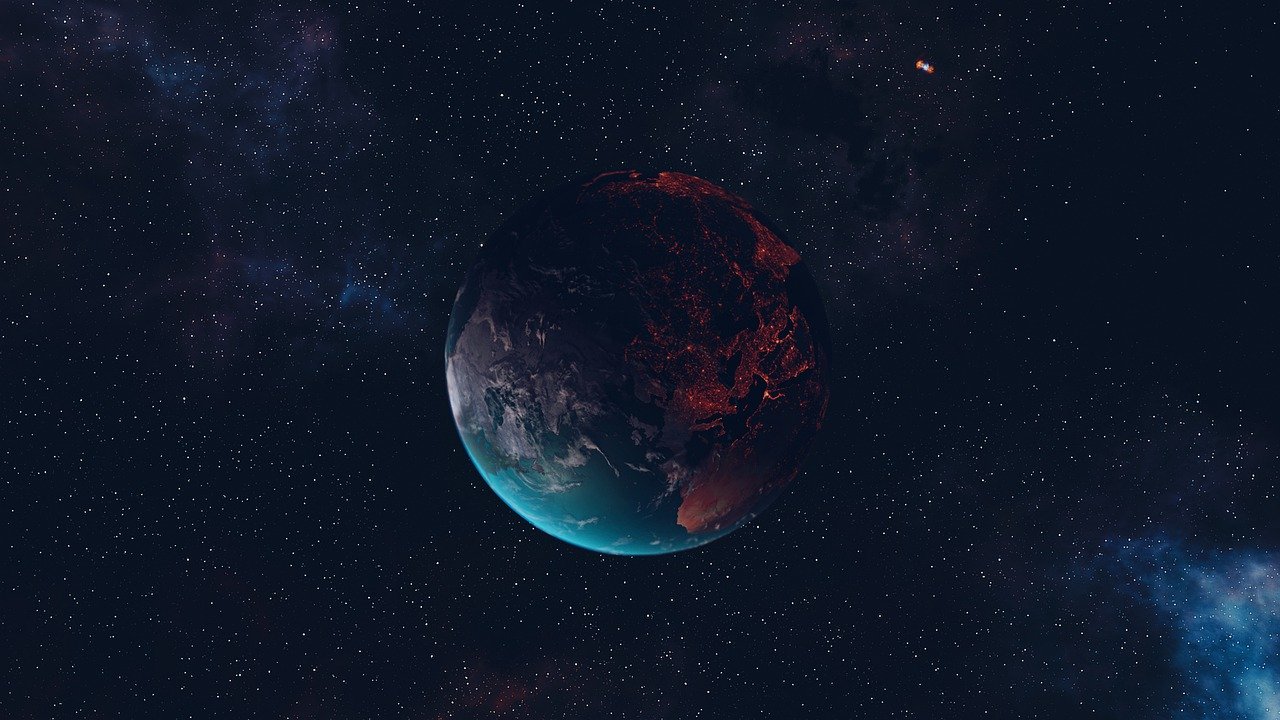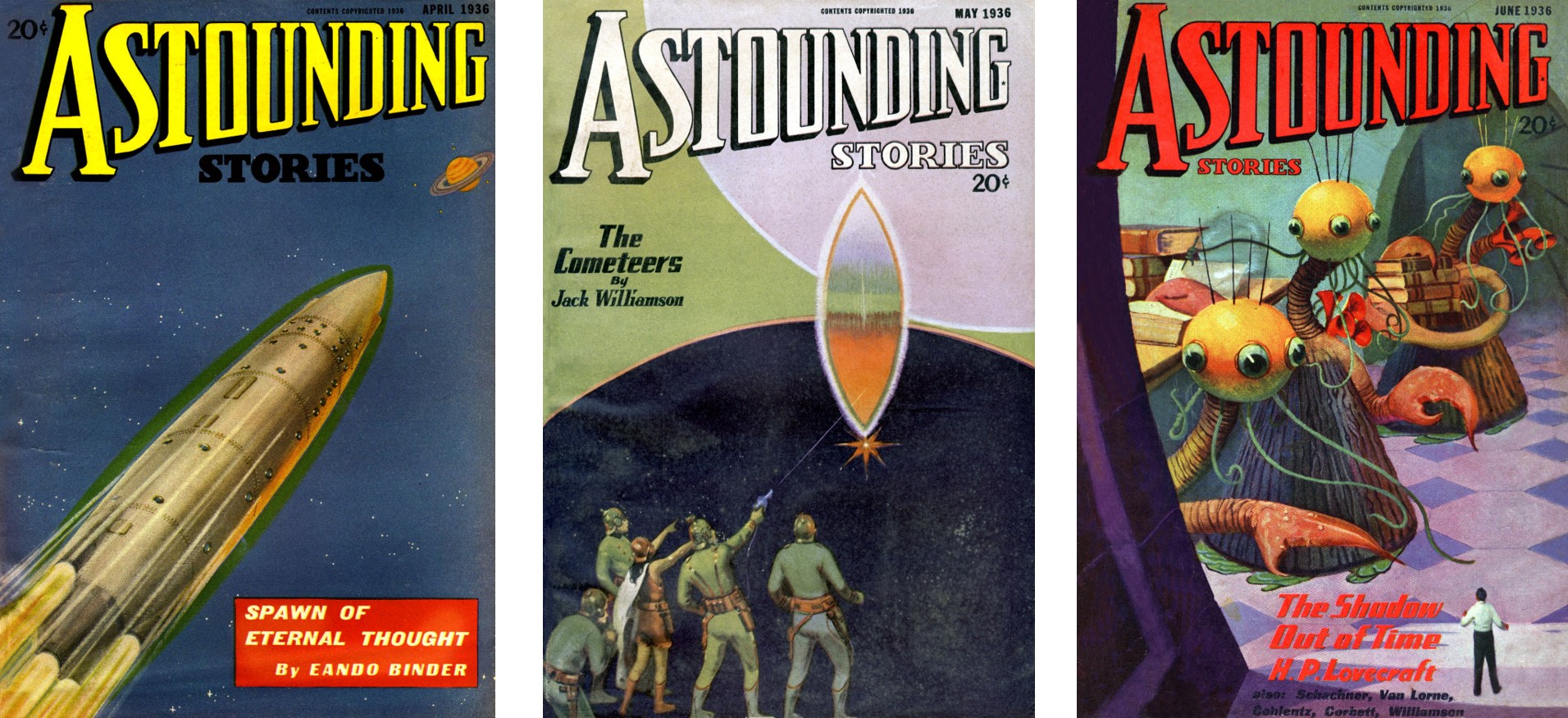



Astounding Stories, 1936
In 1936 Astounding Stories was already one of the best SF magazines, though still a few years prior to SF's 'Golden Age', according to common fandom acceptance. In this year it was still being edited by F. Orlin Tremaine, now in his fourth year as editor. Nat Schachner, Raymond Z. Gallun and Clifton B. Kruse were stalwarts of the magazine, several years before the likes of Heinlein and Asimov started to write for it. Reading through the year 1936 in Astounding, selecting one (or occasionally two) stories from each issue seemed like a good way to explore this pillar of the pulp era 'before the Golden Age'.

January 1936
Stranger from Fomalhaut - Clifton B. Kruse
Clifton Bryan Kruse (1905-2000) was the fourth most published author in
Astounding
in the 1930's behind only Nat Schachner, Raymond Z. Gallun and Harl Vincent. He wrote straightforward space opera, mostly for Astounding, during a writing career that only spanned 1933-1943. Indeed, publishing only two stories after 1938, he is an
archetype of the 1930's authors who didn't survive Campbell's new 'golden age'.
Stranger from Fomalhaut
is the fifth standalone story in his "Flying Engineers" sequence that follow the solar system adventures of the crew of the the W-62 patrol ship. In this story, the intrepid crew travel to meet an inbound comet just beyond Pluto, only to find that it's an alien craft that hails from the star Fomalhaut. The tale is brightly told, and obeys what physical laws were known at the time. An enjoyable old tale, it doesn't try to do too much, except entertain.
February 1936
Buried Moon - Raymond Z. Gallun
This issue of
Astounding
starts the serialisation of Lovecraft's
At the Mountains of Madness
, which is of historical importance and interest, but doesn't meet the brief of exploring less well known pre-golden age short stories.
Buried Moon
is a novelette by the prolific author Raymund Z. Gallun (1911-1994), who published 38 stories in
Astounding
alone in the 1930's. While he continued to publish SF through the '40s and '50s, it was mostly for the likes of
Startling
,
Planet
and
Thrilling
, as he perhaps no longer met Campbell's requirements for
Astounding
. In this brightly-told adventure, Gallun imagines the orbital decay of a small moon around the Earth in the
distant
past, resulting in it crashing into the Pacific Ocean. The moon
enclosed
an 'alien' species that
evolved
within it, now still extant under our feet, deep below the crust. An exploratory miner digs deep down in a kind of one-man mining vessel and encounters the hidden creatures. It may sound a bit 'Lovecraftian' but it's written in a much less wordy style, and is a very enjoyable romp, with some nice ideas for the time. This has never been anthologised it seems, so if it sounds fun, you'll need to read it in the original Astounding Stories. This is possible through various online archives, if you cannot find a copy of the 87 year old magazine!
March 1936
Entropy - Nat Schachner
Nat Schachner (1895-1955) was the most published author in Astounding in the 1930's and was also Asimov's favourite writer before the good doctor started publishing SF himself. A
practicing attorney, Schachner was a founder of the 'American Interplanetary Society', which pioneered liquid fuel rocketry in the United States in the early 1930s. This was no simple hobby project - it later became the 'American Institute of Aeronautics and Astronautics'! In this novella, Schachner conceives of a way of reaching absolute zero temperature, through the interference of atomic vibration, to completely still atoms as a way to remove all heat. A clever concept, and a good set up lead to far-reaching consequences for the scientist and his beautiful assistant. Perhaps the reach of the tale goes too far ultimately (the tale covers trillions of years), but the big concepts, the boundless ideas and the verve with which Schachner tells the tale make this a terrific novella overall.

April 1936
The Chrysalis - P. Schuyler Miller
An amateur archeologist, Miller (1912-1974) published several dozen short stories from 1930 through to about 1950, spanning the pre-golden age and the Campbell years. He may be best known to many readers for writing the "Reference Library" book review section of
Astounding
from 1951 until his death in 1974. This tale was really rather good, and stemming from his great interest in archeology, this is an archeological SF story. A
Mesolithic
dig unearths cut logs beside a stream, and the site must be uncovered quickly before flood waters destroy unique evidence of a construction by very early man. But what they actually discover in the pit is a remarkably preserved, and strangely mummified, woman. Events unfold in a terrific manner, in what is a slightly Lovecraftian tale.
May 1936
Red Storm on Jupiter - Frank Belknap Long
While the Miller story was somewhat timeless and terrific, this story by Frank Belknap Long is much more 'of its time'. Long (1901-1994) had a significant SF and horror writing career, publishing dozens of short stories from 1924 (The Desert Lich, in
Weird
Tales
) through to the late '80s, and a couple of dozen novels (1957-1977). He was a skilled writer, and could doubtless direct his prose to suit the medium. In this tale, the focus is on 'daring-do' and pulp adventure. Long imagines mining on the 'surface' of Jupiter, and while this sounds a little daft, he does at least at least provide a
semblance
of sensible speculation by making the surface not quite solid, and requiring the workers to use
intriguing
technology to locally dampen the terrific winds. There is the usual a smattering of
misogyny for the time
, but it's not too bad, and although it's all pulp silliness at the end of the day, it was much more readable and enjoyable than a lot of modern short SF.
June 1936
At the Center of Gravity - Ross Rocklynne
Ross Rocklynne (1913-1988) started out as a SF fan, with numerous letters published in
Amazing
and
Astounding
from 1932 until he started publishing stories himself in 1935-36. While several authors who started writing under Tremaine's editorship didn't survive Campbell's transition to more science-based stories, Rocklynne continued to publish very regularly for Campbell's Astounding
throughout the 40's and 50's
. This particular story manages to be
simultaneously
dreadful and really neat. The dreadful part is the prose, which is the epitome of hack pulp fiction. The neat bit is the concept, which is the kind of unusual physics speculation Hal Clement used to come up with. This is probably the first story in which the author imagines falling into a hollow planet, wherein the unlucky person initially 'falls' rapidly toward the center, but slows after half-way and then comes to a halt, stuck at the empty core, attracted by the shell's gravity in all directions. In the tale, a space policeman is chasing a criminal and they fall inside a small, hollow, tidally-locked dwarf planet (Vulcan) near the sun, and then they have to try and figure a way out.

July 1936
Frictional Losses - John W. Campbell
This novelette was published under the pen-name Don A. Stuart.
August 1936
Proteus Island - Stanley G. Weinbaum
Review to come.
September 1936
A Beast of the Void - Raymond Z. Gallun
Review to come.